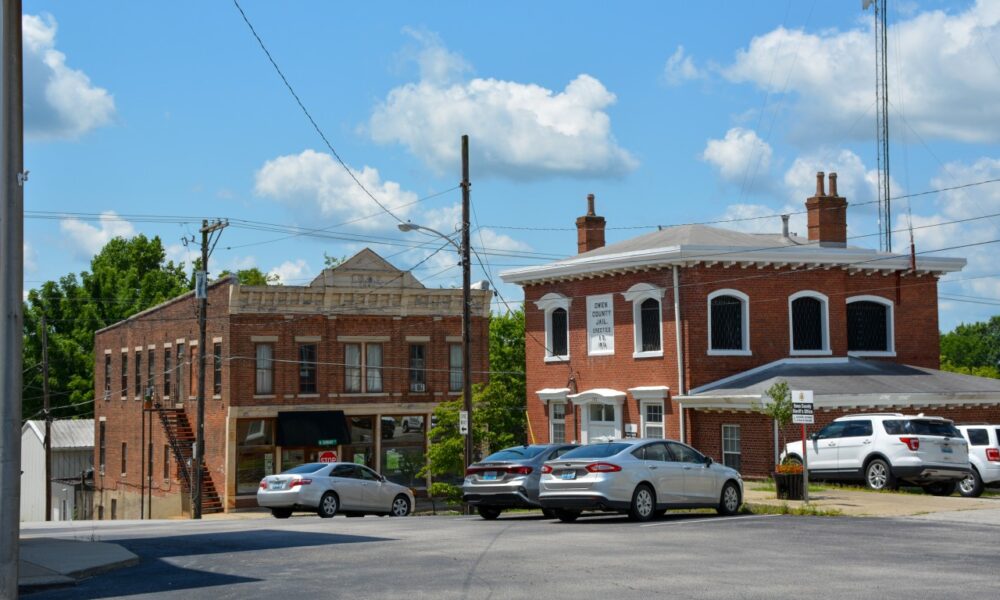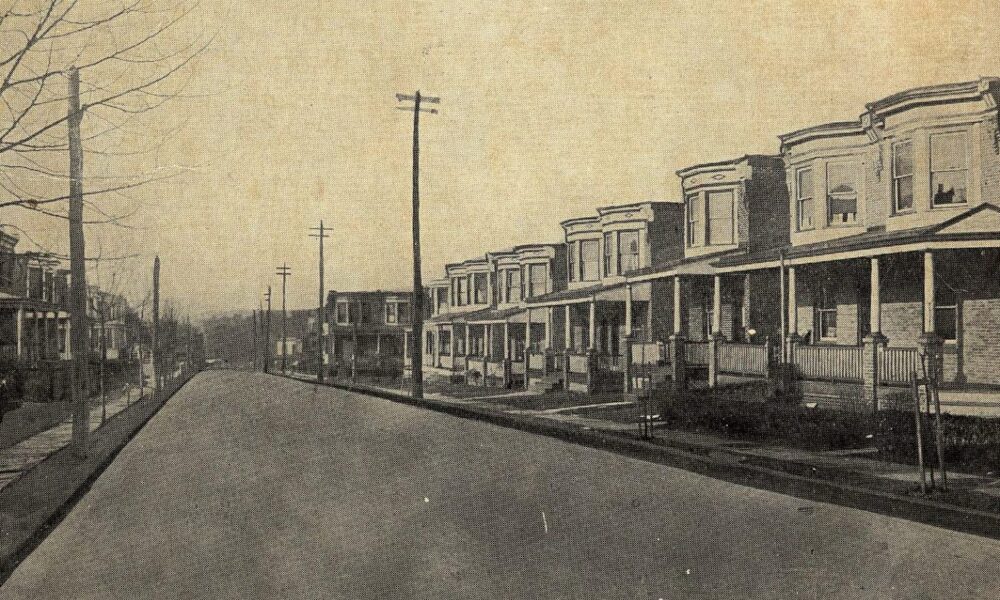Italianate architecture, a style that blossomed in the mid-19th century, continues to define many American cities. According to data from 24/7 Wall St., there are over 4,000 properties classified as Italianate listed in the National Register of Historic Places (NRHP). Of the top 25 cities showcasing this architectural style, a significant number—10—are located in Massachusetts.
The Italianate architectural style draws inspiration from the picturesque elements of English and Italian villas, ultimately evolving in the United States. Pioneering architects such as John Nash and Sir Charles Barry brought forth this distinctive style in England, which was later adopted in America. Characterized by its boxy two- to three-story structures, Italianate buildings often feature wide roof eaves supported by large brackets. The style is versatile, appearing in everything from simple farmhouses to elaborate urban row houses and impressive villas adorned with towers.
As the popularity of cast-iron elements surged in the 1860s, Italianate homes began incorporating these materials for decorative purposes, enhancing porches, railings, and fences. Many of the more opulent Italianate villas also include cupolas or belvederes, serving as ideal vantage points for observing the surrounding landscapes.
To identify the cities most notable for Italianate architecture, 24/7 Wall St. analyzed data from the NRHP, ranking cities based on their number of Italianate listings as of October 2024. The rankings also consider the median age of homes, drawing from the 2022 American Community Survey conducted by the U.S. Census Bureau.
Top Cities for Italianate Architecture
The list begins with Lancaster, Kentucky, which boasts 11 Italianate-style properties among its 53 total listings in the NRHP. Incorporated in 1837, notable sites include the Garrard County Jail and the Peacock-Miller House.
Following closely is Atlanta, Georgia, also with 11 Italianate listings out of a total of 241 properties. This city, incorporated in 1845, features the historic Oakland Cemetery and the Emory University District.
In Covington, Kentucky, Italianate architecture represents a significant portion of its 51 NRHP properties. The city, which was incorporated in 1834, showcases the Licking Riverside Historic District.
Boston, Massachusetts, stands out with 23 Italianate listings among its 318 total properties. Established in 1822, the city is home to districts such as the South End and the Liberty Tree District.
New York City leads the rankings with a remarkable 53 Italianate listings, which are part of a larger collection of 809 properties in the NRHP. Incorporated in 1652, notable examples include the St. Mark’s Historic District and the Cobble Hill Historic District.
Significant Italianate Cities and Their Heritage
Other cities worth mentioning include San Francisco, California, with 25 Italianate properties, and Washington, D.C., which boasts 29 listings. Additionally, New Orleans, Louisiana, adds to the architectural richness with 27 Italianate buildings among its 204 total NRHP listings.
The flexibility of the Italianate style allows it to resonate across various urban landscapes, reflecting the historical context and cultural influences of each city.
As communities continue to recognize the value of preserving their architectural heritage, the Italianate style remains a poignant reminder of America’s evolving identity, showcasing the artistic endeavors of a bygone era. The ongoing appreciation for these historical structures not only enriches local culture but also offers a glimpse into the architectural trends that shaped the nation.






